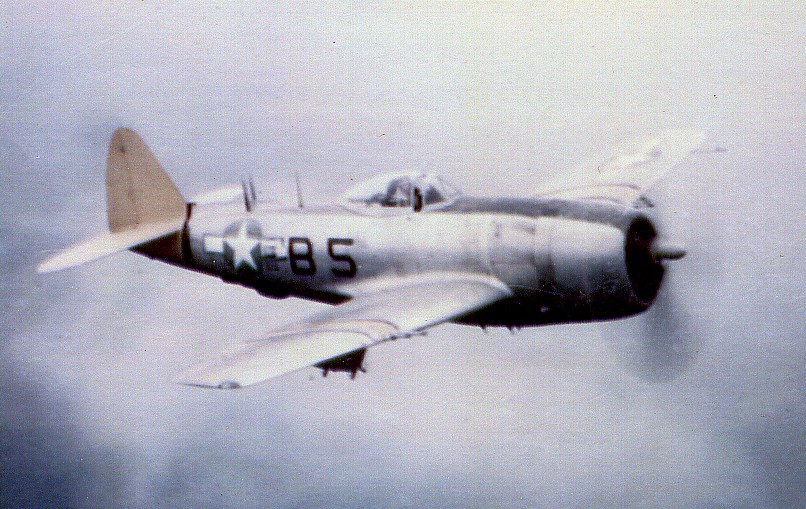Yes, that's true about ship engines of today.
But there is a difference between engines and screws (propulsive elements) on a ship.
You can have one or many engines providing power.
But that power is directed to one or more screws/propellers.
There's a difference.
Now having a ship run on one screw or three screws, that's something else.
Guess it's how you consider the nacelles.
Power generating elements, balanced propulsive elements,
or some combination.
Modern ships can easily trail one or two screws, so again, I don't see an issue. Personally, I see TOS nacelles as reactor and engine combined, and TMP+ nacelles as engines, with the reactor inside the hull. In either case, I see no reason to consider the LOS rule - I figure some reasonable symmetry suffices, but you can fudge this as needed to make the sory work - such as the Tritium, with an isosceles triangle arrangement still not balancing out, because the computers and engines are not sophisticated enough, while the Fed DN does work. Or perhaps only works in alternating pairs.




